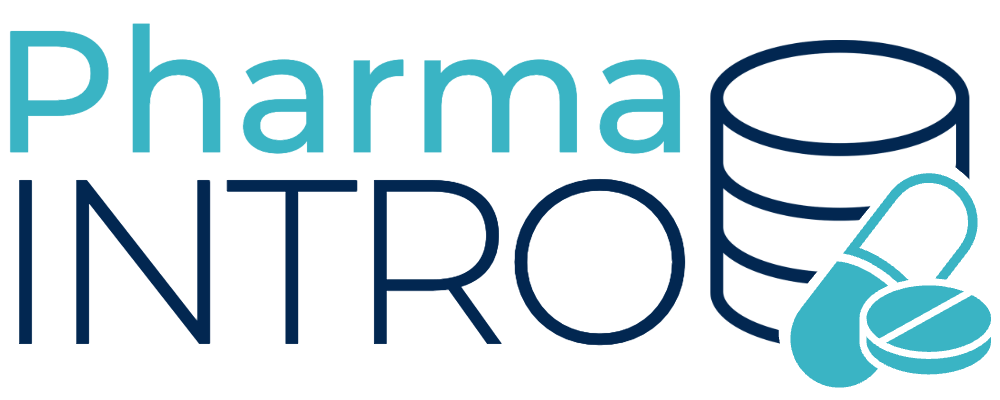The life sciences industry has made great strides in recent years, with new technologies and innovations transforming the way we approach research and development. However, the increasing volume and complexity of data generated in the life sciences can present significant challenges for data management and analysis. In this blog post, we will explore some of the challenges in data management and analysis in life sciences and discuss strategies for overcoming them.
- Data Quality and Integration The quality and integration of data are crucial for successful data management and analysis in life sciences. Poor quality data can lead to inaccurate results, while data silos and lack of interoperability between systems can make it difficult to access and analyze data effectively.
To overcome these challenges, it is important to establish clear data quality standards and data integration protocols. Implementing a comprehensive data management strategy that includes data profiling, data cleansing, and data validation can help to ensure data quality, while the use of standard data formats and APIs can enable seamless integration across systems.
- Data Privacy and Security Data privacy and security are major concerns in the life sciences industry, with strict regulations and guidelines governing the collection, storage, and use of sensitive data. Ensuring compliance with these regulations while also enabling efficient data sharing and collaboration can be a challenge.
To address these challenges, life science companies should implement robust data privacy and security policies that include appropriate data access controls, encryption, and anonymization techniques. Additionally, investing in secure data sharing and collaboration platforms that provide granular access controls and audit trails can facilitate secure and compliant data sharing and collaboration.
- Data Analysis and Interpretation Analyzing and interpreting data in the life sciences can be a complex and time-consuming process. The sheer volume of data generated can make it difficult to identify meaningful patterns and insights.
To overcome these challenges, life science companies should invest in advanced data analytics tools and techniques that can handle large and complex datasets. Machine learning, artificial intelligence, and data visualization techniques can all help to identify patterns and insights in data, enabling more informed decision-making.
- Data Management Infrastructure Managing data infrastructure in the life sciences can be a significant challenge, with the need to manage large-scale, distributed data resources that may be housed in different locations and formats.
To overcome these challenges, it is important to invest in a scalable and flexible data management infrastructure that can handle large and complex datasets. Cloud-based infrastructure and storage solutions can provide the necessary scalability and flexibility while also reducing costs and improving accessibility.
Conclusion Data management and analysis present significant challenges in the life sciences, but with the right strategies and tools, these challenges can be overcome. By investing in robust data quality and integration protocols, secure data sharing and collaboration platforms, advanced data analytics tools and techniques, and scalable data management infrastructure, life science companies can effectively manage and analyze large and complex datasets, enabling faster and more informed decision-making.

